Understanding Smart Thermostats: How They Work and Save on Fuel Bills
What are Smart Thermostats?
Smart thermostats are innovative home devices that control heating and cooling systems with advanced technology. They learn your habits over time and can be programmed for various schedules, using sensors to monitor your home’s temperature and occupancy. This adaptability allows for more efficient operation compared to traditional thermostats.
How Do Smart Thermostats Work?
These thermostats utilize Wi-Fi connectivity, enabling users to control their home environment remotely via smartphones or tablets. They collect data to analyze your routines and create optimal heating or cooling schedules. The integration with home automation systems allows them to communicate with other devices, enhancing overall energy management.
Fuel Bill Savings with Smart Technology
One of the significant advantages of smart thermostats is their ability to save on fuel bills. By efficiently managing home temperature settings, they reduce energy wastage. For instance, lowering the heat during the night or when you are not at home can lead to substantial savings. Many models also provide insights and reports on energy usage, helping homeowners make informed decisions to further decrease expenses.
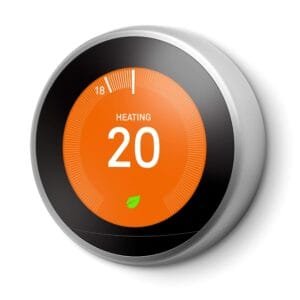
Review of the Google Nest Learning Thermostat 3rd Generation: A Smart Way to Save Energy
Introduction to the Google Nest Learning Thermostat
The Google Nest Learning Thermostat 3rd Generation combines cutting-edge technology with a sleek design, offering an energy-efficient solution for your home. With its stainless steel finish, this smart thermostat is not only functional but also visually appealing. Let’s delve into the advantages and disadvantages of this modern device.
Pros of the Google Nest Learning Thermostat
One of the standout features of the Google Nest Learning Thermostat is its ability to learn from your habits. It adjusts the temperature automatically based on your preferences, optimizing your comfort while saving energy. Additionally, you can control the thermostat remotely through the Nest app, giving you flexibility even when you’re away from home.
Another significant benefit is its compatibility with various heating and cooling systems, making it a versatile choice for different homes. The energy history reports provide insights into your energy usage, helping you make informed decisions for further savings.
Cons of the Google Nest Learning Thermostat
However, the Google Nest Learning Thermostat is not without its drawbacks. Some users report that the initial setup can be complex, particularly for those unfamiliar with smart devices. Additionally, while the thermostat can save energy in the long run, the upfront cost may be higher than traditional thermostats, which could be a concern for budget-conscious homeowners.
In conclusion, the Google Nest Learning Thermostat 3rd Generation presents an innovative way to manage your home’s temperature. Balancing its smart features with the higher price point and installation challenges is key to determining if it’s the right fit for you.
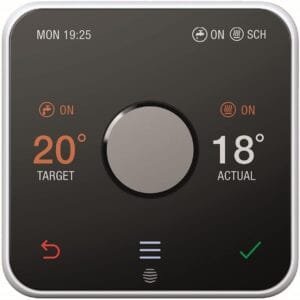
Pros and Cons of Hive Thermostat for Combi Boilers
Introduction to Hive Thermostat
The Hive thermostat is widely recognized for its energy-saving capabilities, especially when paired with a combi boiler. With the Hive hub, controlling your heating system remotely becomes seamless, ensuring your home remains at a comfortable temperature. However, before investing, it’s essential to weigh in the pros and cons of this smart thermostat.
Pros of Hive Thermostat
One of the standout features of the Hive thermostat is its user-friendly app, which allows homeowners to control their heating from anywhere. This means you can adjust your settings while at work or on holiday, optimizing energy usage. Additionally, the thermostat is sleek, available in various finishes like black and chrome, making it an attractive addition to any modern home.
Another advantage is the energy savings. The Hive thermostat is designed to learn your heating habits, helping to reduce unnecessary energy consumption. By customizing schedules, you can minimize waste and lower your energy bills significantly. Furthermore, it integrates well with combi boilers, ensuring efficient heating without complications.
Cons of Hive Thermostat
Despite its benefits, the Hive thermostat does have some drawbacks. Some users report occasional connectivity issues with the Hive hub, which can hinder remote operation. Moreover, installation may require professional assistance for some, adding to the overall cost. Lastly, while it offers many smart features, the initial price may be higher compared to traditional thermostats.
In conclusion, while the Hive thermostat for combi boilers presents numerous energy-saving opportunities and aesthetic appeal, potential users should consider installation costs and connectivity issues in their decision-making process.
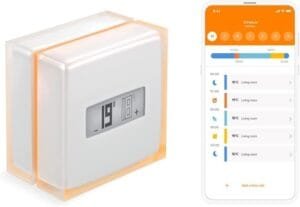
Review of the Netatmo Connected Smart Energy Saving Thermostat
Introduction to the Netatmo Smart Thermostat
The Netatmo Connected Smart Energy Saving Thermostat is revolutionizing the way we manage household heating. Designed to be user-friendly, this innovative device promises to help you reduce your energy bills while providing unprecedented control over your home’s temperature. In this review, we’ll explore both the benefits and drawbacks of this smart thermostat.
Pros of the Netatmo Thermostat
One of the standout features of the Netatmo thermostat is its Wi-Fi connectivity, allowing you to control your heating from anywhere using your smartphone or tablet. This flexibility is not only convenient but also energy-efficient, as it learns your habits and optimizes heating schedules accordingly. Users have reported significant savings on their energy bills, often recouping the initial investment within a few months.
Cons of the Netatmo Thermostat
Despite its many advantages, the Netatmo thermostat has a few drawbacks. Some users have experienced connectivity issues, which can hamper its overall functionality. Additionally, while the device is generally straightforward to set up, those who are less tech-savvy may find the initial configuration process a bit challenging. Furthermore, the price point might be a consideration for some, as it is higher than traditional thermostats.
In summary, the Netatmo Connected Smart Thermostat offers a blend of convenience and energy savings that many homeowners appreciate. By weighing the pros and cons, you can better decide if this advanced thermostat is the right choice for your home.

A Comprehensive Review of Bosch Smart Home Room Thermostat II for Wired Heating Systems
Introduction to Bosch Smart Home Room Thermostat II
The Bosch Smart Home Room Thermostat II is a versatile device designed for wired heating systems, operating at 230v. With compatibility for smart home systems like Google Assistant and Alexa, this thermostat promises to enhance your home heating experience. In this review, we will evaluate its pros and cons, helping you make an informed decision.
Pros of the Bosch Smart Home Room Thermostat II
One of the greatest advantages of the Bosch Smart Home Room Thermostat II is its user-friendly interface. Setting up the thermostat is straightforward, allowing users with limited tech experience to navigate it easily. Additionally, this smart thermostat offers remote control via smartphone apps, giving you the flexibility to adjust your heating from anywhere. The compatibility with Google Assistant and Alexa adds another layer of convenience, enabling voice commands for a truly smart home experience.
Cons and Considerations
Despite its many benefits, the Bosch Smart Home Room Thermostat II does have some drawbacks. The initial installation process may require professional help, which can increase the overall cost of adopting this technology. Furthermore, while it works seamlessly with many systems, it may not be compatible with older wired heating units without additional adapters. Lastly, some users have reported a learning curve with its intelligent scheduling capabilities, which may take time to master.
Ultimately, the Bosch Smart Home Room Thermostat II stands out as an impressive option for modern heating solutions. By weighing its pros and cons, you can better determine if this thermostat fits your home’s needs.

Lorem ipsum dolor sit amet, consectetur adipiscing elit. Ut elit tellus, luctus nec ullamcorper mattis, pulvinar dapibus leo.
Comprehensive Review of Beok Tuya Smart Thermostat for Heating Systems
Introduction to Beok Tuya Smart Thermostat
The Beok Tuya Smart Thermostat is a versatile device designed to enhance the efficiency and convenience of heating systems. Compatible with gas and water boilers as well as floor heating, this smart wall thermostat also integrates seamlessly with Alexa and Google Assistant. In this review, we will explore both the advantages and disadvantages of the Beok Tuya Smart Thermostat to help you decide if it’s the right choice for your home.
Pros of the Beok Tuya Smart Thermostat
One major benefit of the Beok Tuya Smart Thermostat is its user-friendly interface. The device boasts a clear display and an intuitive app, making it easy to adjust temperatures remotely using your smartphone. Additionally, its compatibility with Alexa and Google Assistant adds a layer of convenience, allowing voice command capabilities.
Another standout feature is its energy-saving functionality. The thermostat not only learns your heating preferences over time but also optimizes heating schedules, helping to reduce energy consumption and lower utility bills.
Cons of the Beok Tuya Smart Thermostat
Despite its positive aspects, there are a few drawbacks to consider. Some users have reported connectivity issues, particularly with the WiFi setup. Additionally, while the compatibility is extensive, the initial setup might be slightly complicated for those unfamiliar with smart home devices.
Overall, the Beok Tuya Smart Thermostat is a solid choice for anyone looking to modernize their heating system. By weighing its pros and cons, you can make an informed decision on its suitability for your home heating needs.

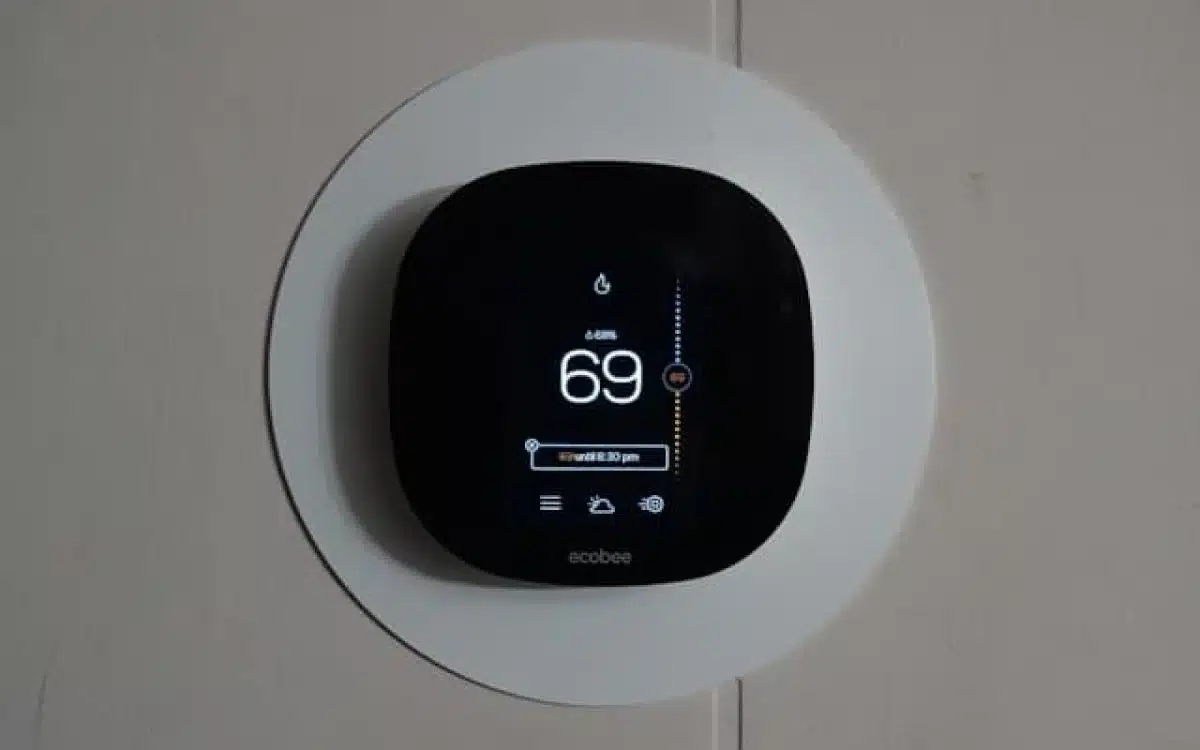


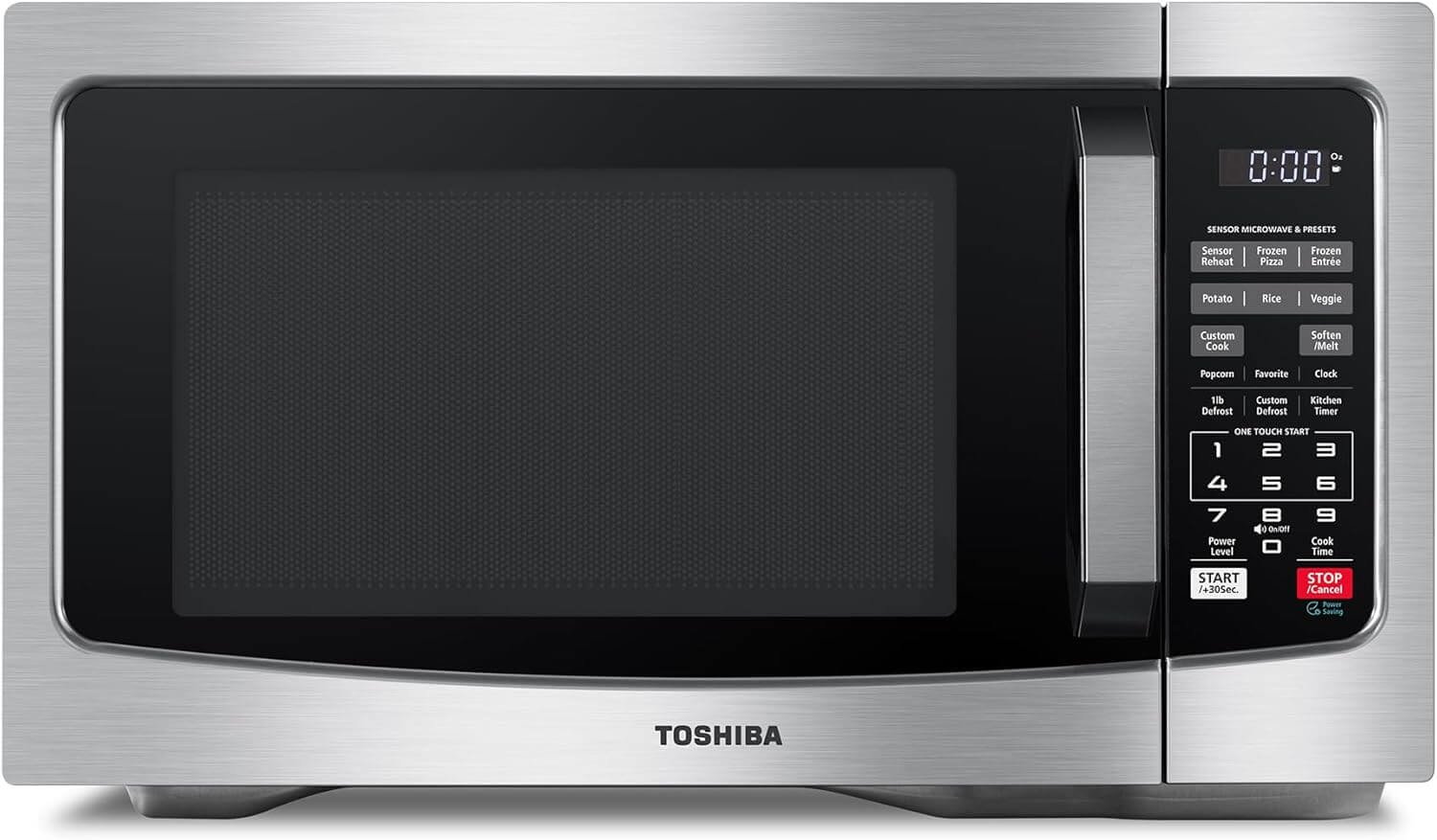




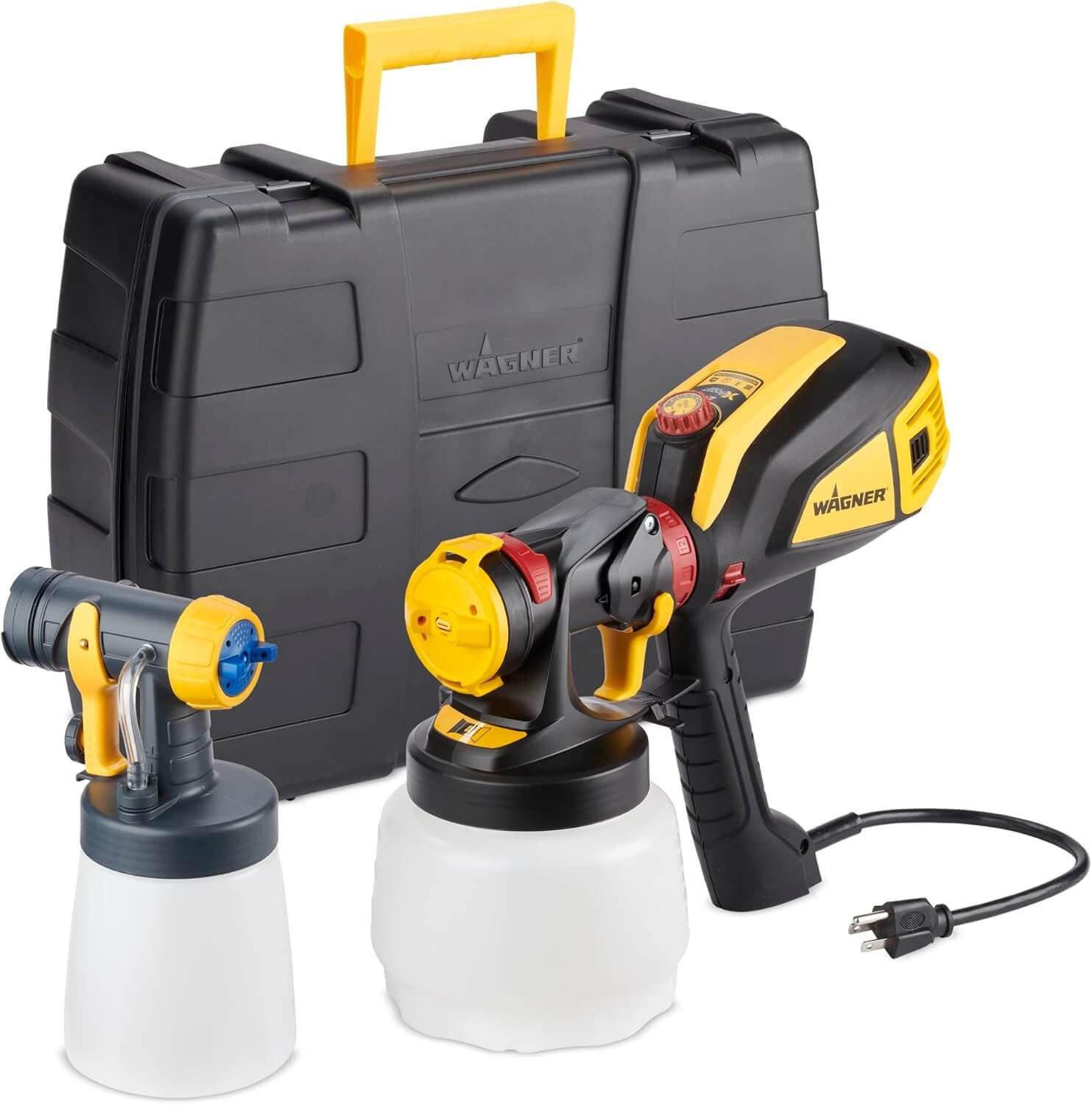

![CHEF iQ Sense [2025 Model] | Smart Wireless Meat Thermometer | Ultra-Thin Probe | WiFi Unlimited Range | 1000°F Heat Safe | 5 Sensors | BBQ, Grill, Oven, Smoker, Air Fryer | Gen3](https://product-reviews-today.com/wp-content/uploads/2025/06/CHEF-iQ-Sense-2025-Model-Smart-Wireless-Meat-Thermometer.jpg)










